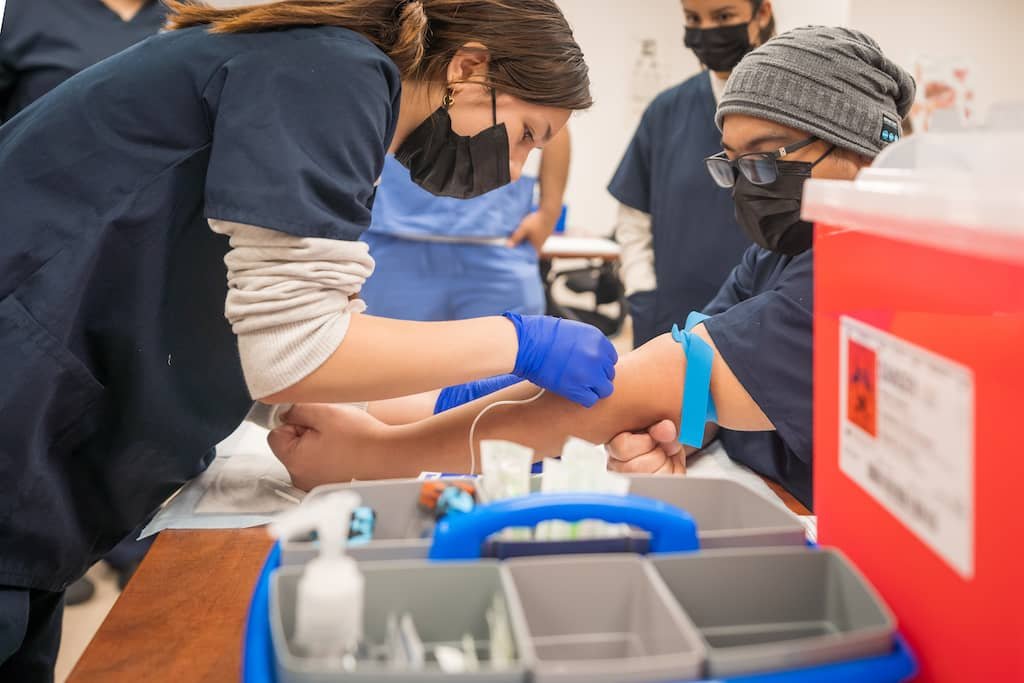Managing Procurement of Essential Medical Supplies and Equipment: Challenges and Strategies for Hospitals
Summary
- Hospitals face challenges in managing procurement of essential medical supplies and equipment
- Fluctuating market prices and regulatory challenges add complexity to the process
- Effective strategies can help hospitals navigate these challenges and ensure efficient supply and equipment management
Introduction
In the United States, hospitals play a crucial role in providing quality healthcare services to millions of patients every year. However, managing the procurement of essential medical supplies and equipment is a complex task that requires careful planning and coordination. With fluctuating market prices and regulatory challenges, hospitals must adopt effective strategies to ensure a steady supply of supplies and equipment while controlling costs. In this blog post, we will explore how hospitals can effectively manage the procurement of essential medical supplies and equipment amidst these challenges.
Challenges in Procurement
Procuring medical supplies and equipment involves several challenges that hospitals must address to maintain efficient operations. Some of the key challenges include:
Fluctuating Market Prices
One of the major challenges hospitals face in procurement is the fluctuating prices of medical supplies and equipment. Market dynamics, including supply and demand, can cause prices to rise and fall unpredictably, making it difficult for hospitals to budget effectively. This can lead to budget overruns and financial strain for healthcare organizations.
Regulatory Challenges
Another significant challenge in procurement is the regulatory environment surrounding medical supplies and equipment. Hospitals must comply with various Regulations and standards set by government agencies such as the Food and Drug Administration (FDA) and the Centers for Medicare and Medicaid Services (CMS). Failure to comply with these Regulations can result in legal and financial consequences for hospitals.
Supply Chain Disruptions
Supply Chain disruptions, such as natural disasters or global pandemics, can also impact the procurement of medical supplies and equipment. Hospitals may face delays in receiving essential supplies, leading to shortages and affecting patient care. It is essential for hospitals to have robust contingency plans in place to address Supply Chain disruptions effectively.
Strategies for Effective Management
To overcome these challenges and ensure efficient procurement of essential medical supplies and equipment, hospitals can adopt several strategies:
Strategic Partnerships
Establishing strategic partnerships with suppliers can help hospitals secure a stable supply of medical supplies and equipment at competitive prices. By working closely with vendors, hospitals can negotiate favorable terms and mitigate the impact of fluctuating market prices. Collaborating with suppliers can also improve Supply Chain visibility and streamline the procurement process.
Technology Integration
Integrating technology solutions such as Supply Chain management systems and inventory tracking software can enhance efficiency in procurement. These tools can help hospitals monitor supply levels, track procurement orders, and forecast demand accurately. By leveraging technology, hospitals can optimize their inventory management practices and reduce costs associated with stockouts and overstocking.
Data Analytics
Utilizing data analytics to analyze procurement trends and patterns can help hospitals make informed decisions when sourcing medical supplies and equipment. By collecting and analyzing data on supplier performance, product quality, and pricing, hospitals can identify cost-saving opportunities and optimize their procurement processes. Data-driven insights can also support strategic decision-making and improve overall procurement performance.
Conclusion
Managing the procurement of essential medical supplies and equipment is a critical task for hospitals in the United States. By implementing effective strategies such as establishing strategic partnerships, integrating technology solutions, and utilizing data analytics, hospitals can navigate fluctuating market prices and regulatory challenges more effectively. Taking a proactive approach to supply and equipment management can help hospitals ensure a steady supply of supplies while controlling costs and maintaining high standards of patient care.

Disclaimer: The content provided on this blog is for informational purposes only, reflecting the personal opinions and insights of the author(s) on the topics. The information provided should not be used for diagnosing or treating a health problem or disease, and those seeking personal medical advice should consult with a licensed physician. Always seek the advice of your doctor or other qualified health provider regarding a medical condition. Never disregard professional medical advice or delay in seeking it because of something you have read on this website. If you think you may have a medical emergency, call 911 or go to the nearest emergency room immediately. No physician-patient relationship is created by this web site or its use. No contributors to this web site make any representations, express or implied, with respect to the information provided herein or to its use. While we strive to share accurate and up-to-date information, we cannot guarantee the completeness, reliability, or accuracy of the content. The blog may also include links to external websites and resources for the convenience of our readers. Please note that linking to other sites does not imply endorsement of their content, practices, or services by us. Readers should use their discretion and judgment while exploring any external links and resources mentioned on this blog.

